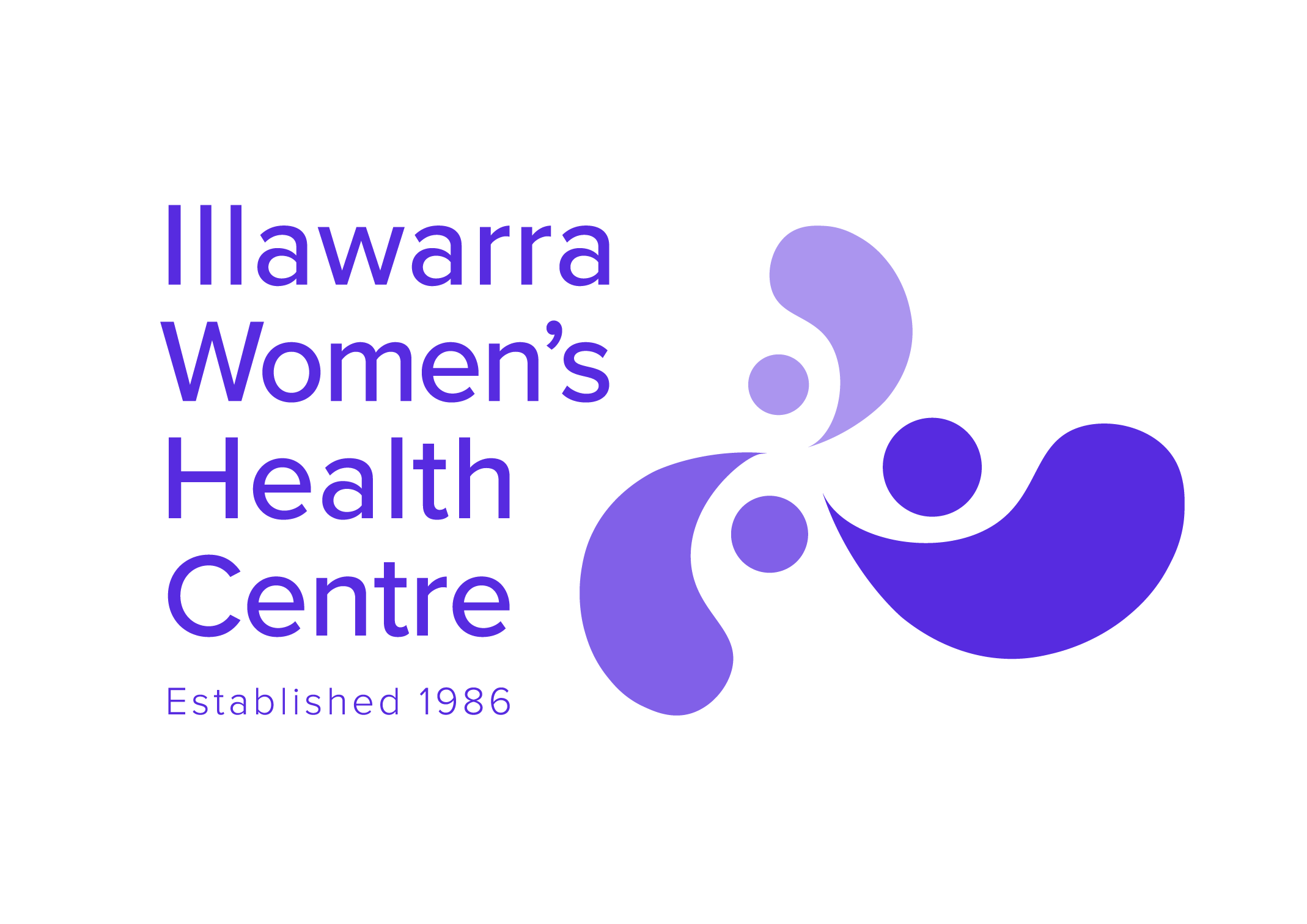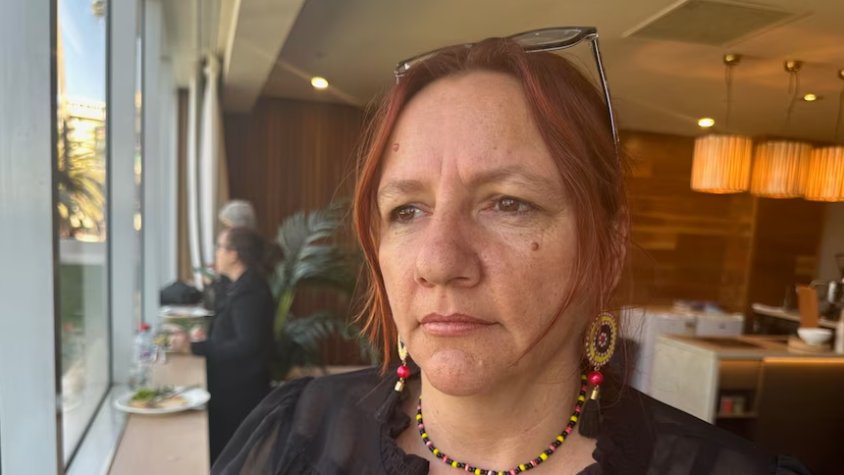ABC Illawarra – Kelly Fuller
More than 350 people gathered for the inaugural Australian Domestic, Family and Sexual Violence Recovery and Healing Conference in Wollongong this week.
One of the organisers, Illawarra Women’s Health Centre executive director Sally Stevenson, said it was difficult to move on beyond violence.
“Once the abuse ends, if you are able to leave a relationship, that is not the end of the trauma because recovery can be complicated and sometimes lifelong,” she said.
She said 50 per cent of the presenters had lived experience of violence.
Hopes for healing
Walbanja woman from Yuin Nation living on Noongar Boodja for the past 30 years, Renna Gayde, travelled from Western Australia to the Illawarra to represent lived experience and healing.
She said she fled from country due to sexual and family violence some 35 years ago.
“I now have four daughters who I can’t connect to our culture, kin and country because there is still a lot of fear,” she said.
Ms Gayde said healing must become the focus.
“As First Nations, we understand it has to be about a healing of the whole of community,” she said.
“Not just about women and children, it is also about our men, our men need to heal because angry people hurt people, we need to help them find their belonging.”
Redefining trauma
Clinical psychiatrist Karen Williams, who was a founder of Doctors Against Violence Towards Women, said recovery was impeded by a system that made victims feel their trauma was not valid.
Dr Williams questioned the criteria used to diagnose trauma including the Diagnostic and Statistical Manual of Mental Disorders (DSM).
She said the definition needed to be broadened to include many other experiences including coercive control, stalking and financial circumstances.
In a conversation about how to expand recovery services, Deakin University research on violence against women convenor, Lata Satyen, said much more needed to be done to reach into multicultural communities.
Dr Satyen said interventions needed to be culturally appropriate and relevant with resources available in multilingual formats.
“A lot of the time when I assist victim survivors, I also work as a pro-bono psychologist, the women I assist don’t know the triple-0 number,” she said.
“So a lot of the time they come to me because someone in the community has said Lata can help, so the information is not reaching them.”
Five areas of expansion
Only three months into the job, NSW Women’s Safety Commissioner Hannah Tonkin said she had heard multiple accounts from victim-survivors of navigating the system while trying to seek help.
“For some it has retraumatised, invalidated and even shamed them, others have had a more positive experience and for many it has been mixed,” she said.
“From a system perspective, I know that this is not good enough.”
Dr Tonkin outlined five areas that needed better focus in NSW, including expanding the workforce, better housing and economic recovery, improved counselling, better justice pathways and a focus on children.
She also acknowledged the need for a gender analysis of the NSW budget.
“It is always important to do a gendered analysis of government policies, programs and budgets across the board.”
The conference hopes to feed its conclusions into the federal government’s National Plan to End Violence Against Women and Children.

